Timing chain replacement is a necessary maintenance task for any vehicle owner.
The timing chain is responsible for synchronizing the rotation of the crankshaft and camshaft, which allows the engine’s valves to open and close at the correct time.
Over time, the timing chain can stretch or wear out, causing engine issues and even complete failure if not replaced in a timely manner.
So, when is it time to replace the timing chain?
Generally, it is recommended to replace the timing chain every 100,000 to 150,000 miles, depending on the vehicle manufacturer’s recommendations.
However, it is important to keep an eye out for warning signs such as engine misfires, rough idling, and decreased fuel efficiency, which could indicate a timing chain issue.
If you experience any of these symptoms, it is best to have your vehicle inspected by a trusted mechanic to determine if a timing chain replacement is necessary.
In the following paragraphs, we will discuss what to expect during a timing chain replacement and how to ensure a successful replacement.
Understanding Timing Chains
Function of a Timing Chain
A timing chain is an important component of an engine’s internal combustion system.
It is responsible for synchronizing the rotation of the crankshaft and camshaft, which allows the engine’s valves to open and close at the correct time.
The timing chain is designed to last the life of the engine, but it can wear over time and eventually need to be replaced.
The timing chain is similar to a bicycle chain, but it is much stronger and more durable.
It is made up of metal links that are connected by pins.
The chain is driven by the crankshaft and turns the camshaft, which operates the valves.
The timing chain is typically located on the front of the engine and is covered by a timing chain cover.
Timing Chain vs. Timing Belt
Timing chains and timing belts serve the same purpose, but they are different in design and construction.
Timing chains are made of metal and are much stronger and more durable than timing belts, which are made of rubber.
Timing chains are typically used in larger engines, while timing belts are used in smaller engines.
Timing belts need to be replaced at regular intervals, usually between 60,000 and 100,000 miles, while timing chains are designed to last the life of the engine.
Timing chains are also quieter than timing belts and do not require as much maintenance.
In summary, the timing chain is a critical component of an engine’s internal combustion system.
It is responsible for synchronizing the rotation of the crankshaft and camshaft, which allows the engine’s valves to open and close at the correct time.
Timing chains are typically used in larger engines and are designed to last the life of the engine, while timing belts are used in smaller engines and need to be replaced at regular intervals.
Signs of Timing Chain Wear
If you suspect that your timing chain is worn, there are a few signs you should look out for.
Catching these early on can prevent more serious damage to your engine and save you money in the long run.
Unusual Noises
One of the most common signs of a worn timing chain is a rattling or ticking noise coming from the engine.
This noise is usually most noticeable when the engine is idling or under load.
If you hear this noise, it’s important to have your vehicle inspected as soon as possible.
Engine Misfires or Runs Poorly
A worn timing chain can also cause your engine to misfire or run poorly.
This is because the timing chain is responsible for keeping the engine’s valves and pistons in sync.
If the chain is worn, it can cause the valves to open and close at the wrong time, which can lead to misfires and poor performance.
Metal Shavings in the Oil
If you notice metal shavings in your engine oil, it could be a sign of a worn timing chain.
When the chain wears down, it can cause metal to rub off and mix with the oil.
This can cause damage to other engine components and lead to more serious problems if not addressed.
Overall, if you notice any of these signs, it’s important to have your timing chain inspected by a qualified mechanic.
They can determine if the chain needs to be replaced and prevent further damage to your engine.
How Does the Timing Chain Replacement Process Compare to Replacing Piston Rings?
When it’s time to replace piston rings, the process can be complex, requiring disassembly of the engine. In contrast, a timing chain replacement involves accessing the front of the engine and can be completed with less labor. Both are crucial for engine performance and should be done by experienced mechanics.
Timing Chain Replacement Process
Replacing a timing chain can be a daunting task, but with the right tools and knowledge, you can do it yourself.
Here’s what to expect during the timing chain replacement process.
Initial Diagnosis
Before you start the replacement process, it’s important to diagnose the problem.
If you hear a rattling noise coming from the engine, it could be a sign that the timing chain needs to be replaced.
You can also check the timing chain tensioner for wear and tear.
Disassembly and Inspection
Once you’ve diagnosed the problem, it’s time to disassemble the engine.
Start by removing the timing cover and timing chain tensioner.
Next, inspect the timing chain for signs of wear and tear, such as cracks or stretching.
Check the timing chain guides and sprockets for wear as well.
Replacing the Timing Chain
If the timing chain is worn or damaged, it’s time to replace it.
Start by removing the old timing chain and cleaning the engine block and timing cover.
Install the new timing chain, making sure to align the marks on the chain with the marks on the sprockets.
Replace the timing chain tensioner and guides, making sure they’re properly aligned.
Once you’ve replaced the timing chain, reassemble the engine and start it up. Check for any unusual noises or vibrations.
If everything sounds and feels normal, you’re good to go.
In conclusion, replacing a timing chain can be a time-consuming process, but with the right tools and knowledge, you can do it yourself.
Remember to diagnose the problem, inspect the timing chain, and replace it if necessary.
With these steps, you can ensure that your engine runs smoothly and efficiently.
Factors Affecting Replacement Intervals
When it comes to timing chain replacement, there are several factors that can affect how often it needs to be done.
Here are two key factors to consider:
Manufacturer Recommendations
The manufacturer of your vehicle will typically provide recommendations for when the timing chain should be replaced.
These recommendations can vary depending on the make and model of your vehicle, but they are typically based on factors such as the age of the vehicle, the mileage, and the type of driving conditions it has been subjected to.
It’s important to follow these recommendations as closely as possible, as failure to do so can result in serious engine damage.
If you’re not sure when your timing chain is due for replacement, consult your owner’s manual or contact your local dealership for guidance.
Driving Habits and Conditions
Your driving habits and the conditions you drive in can also affect how often your timing chain needs to be replaced.
For example, if you frequently drive in stop-and-go traffic or in extreme temperatures, your timing chain may wear out faster than if you primarily drive on open highways in moderate weather conditions.
Similarly, if you frequently tow heavy loads or drive in dusty or dirty environments, your timing chain may be subject to more wear and tear than if you primarily drive in clean, dry conditions.
To ensure that your timing chain lasts as long as possible, it’s important to take good care of your vehicle and to follow any maintenance recommendations provided by the manufacturer.
This may include regular oil changes, air filter replacements, and other routine maintenance tasks that can help keep your engine running smoothly.
Cost and Time Considerations
Cost Factors
The cost of timing chain replacement can vary depending on several factors.
The most significant factor is the make and model of your vehicle.
Luxury cars and high-performance vehicles often require more expensive parts and labor, which can drive up the cost of replacement.
Additionally, the location of the repair shop can also affect the cost, as labor rates can vary by region.
Other factors that can impact the cost of timing chain replacement include the age of your vehicle, the condition of the engine, and whether or not additional repairs are needed.
It’s important to get a detailed estimate from a reputable repair shop before committing to any work.
Time Required for Replacement
The time required for timing chain replacement can also vary depending on several factors.
The make and model of your vehicle can impact the time required, as some engines are more complex than others.
Additionally, the location of the timing chain can also affect the time required, as some engines require more disassembly to access the timing chain.
On average, timing chain replacement can take anywhere from 4 to 8 hours, depending on the complexity of the job.
It’s important to plan accordingly and make arrangements for alternate transportation if necessary.
Overall, timing chain replacement can be a significant investment, but it’s essential to keep your engine running smoothly.
By understanding the cost and time considerations, you can make an informed decision about when to replace your timing chain and what to expect during the process.
As an Amazon Associate we earn from qualifying purchases.







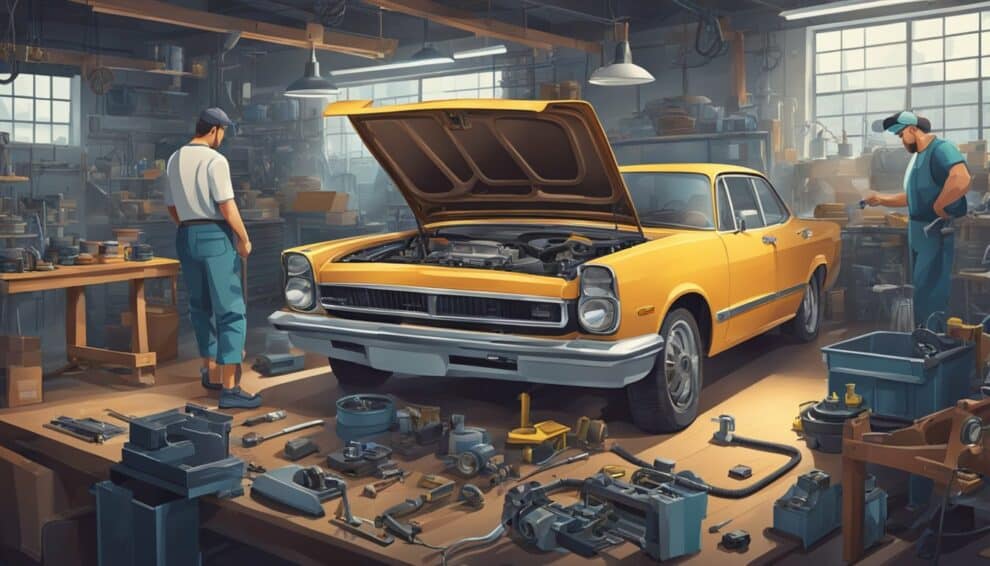
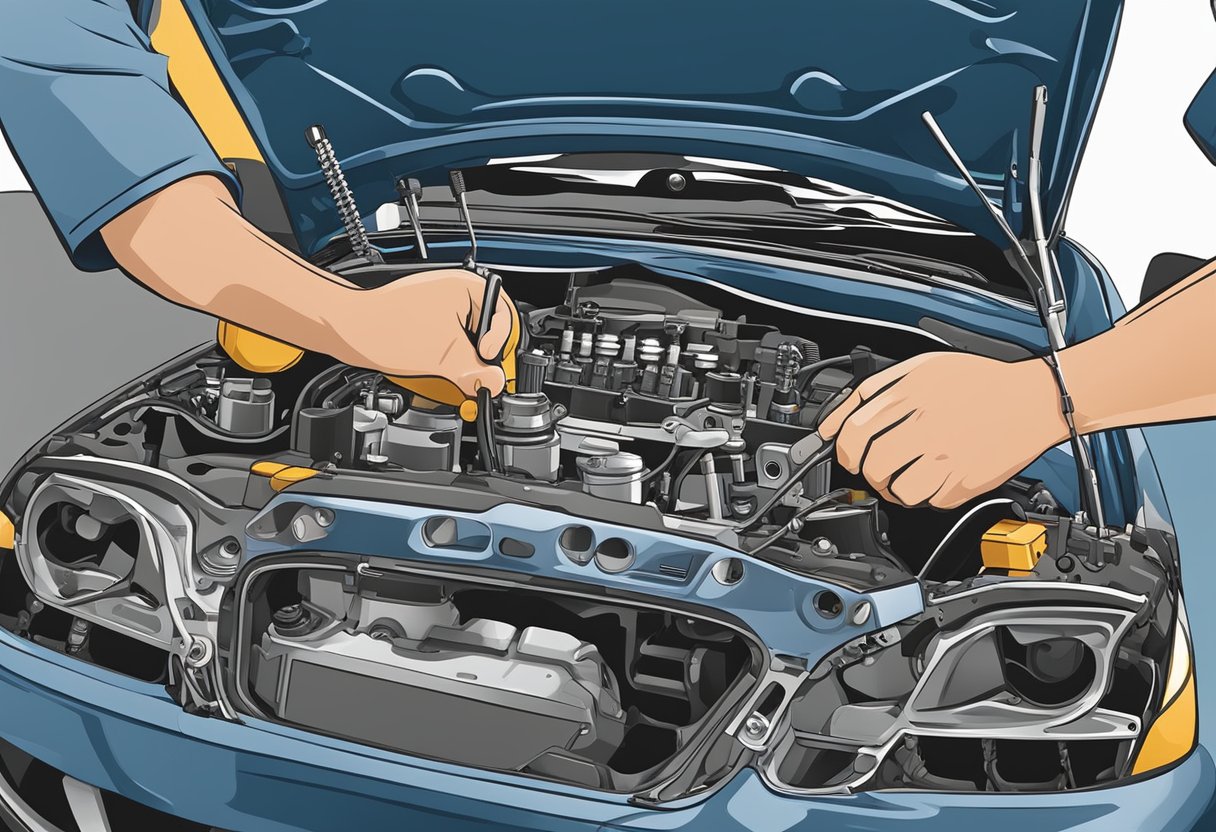
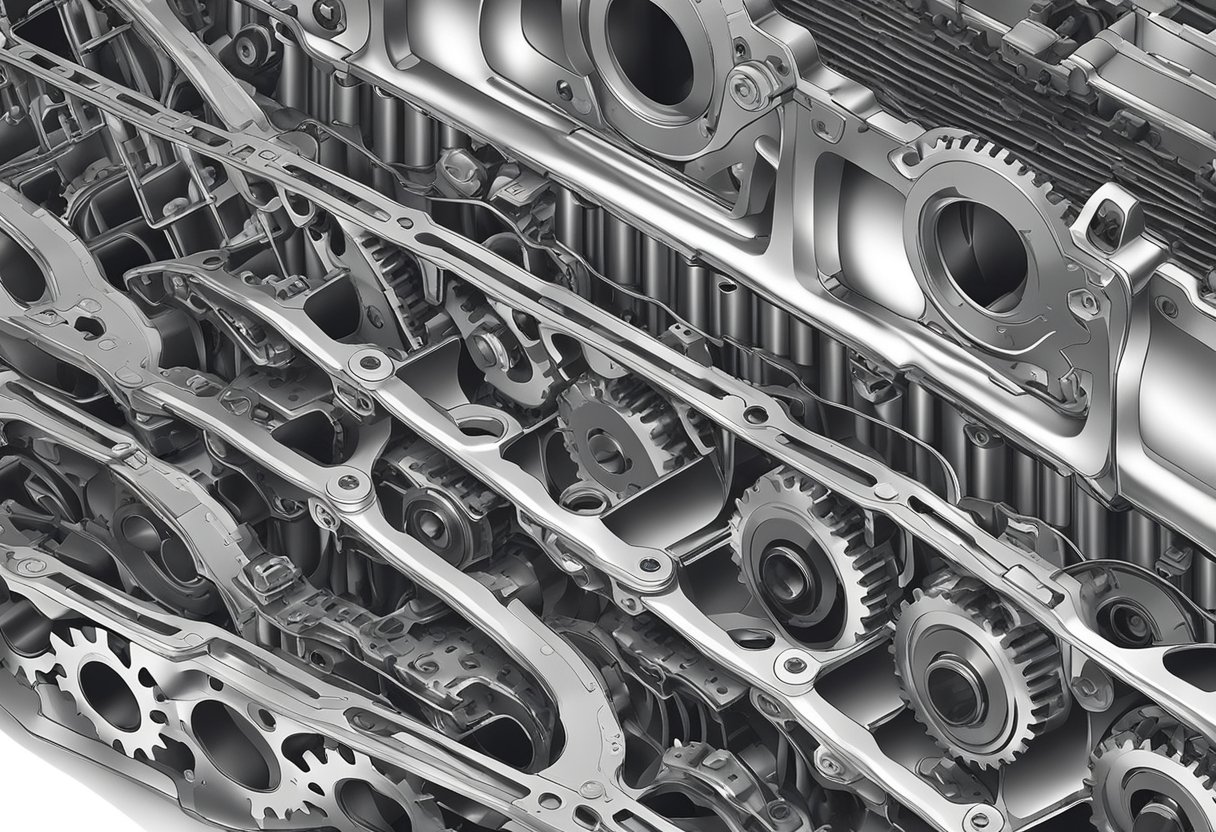
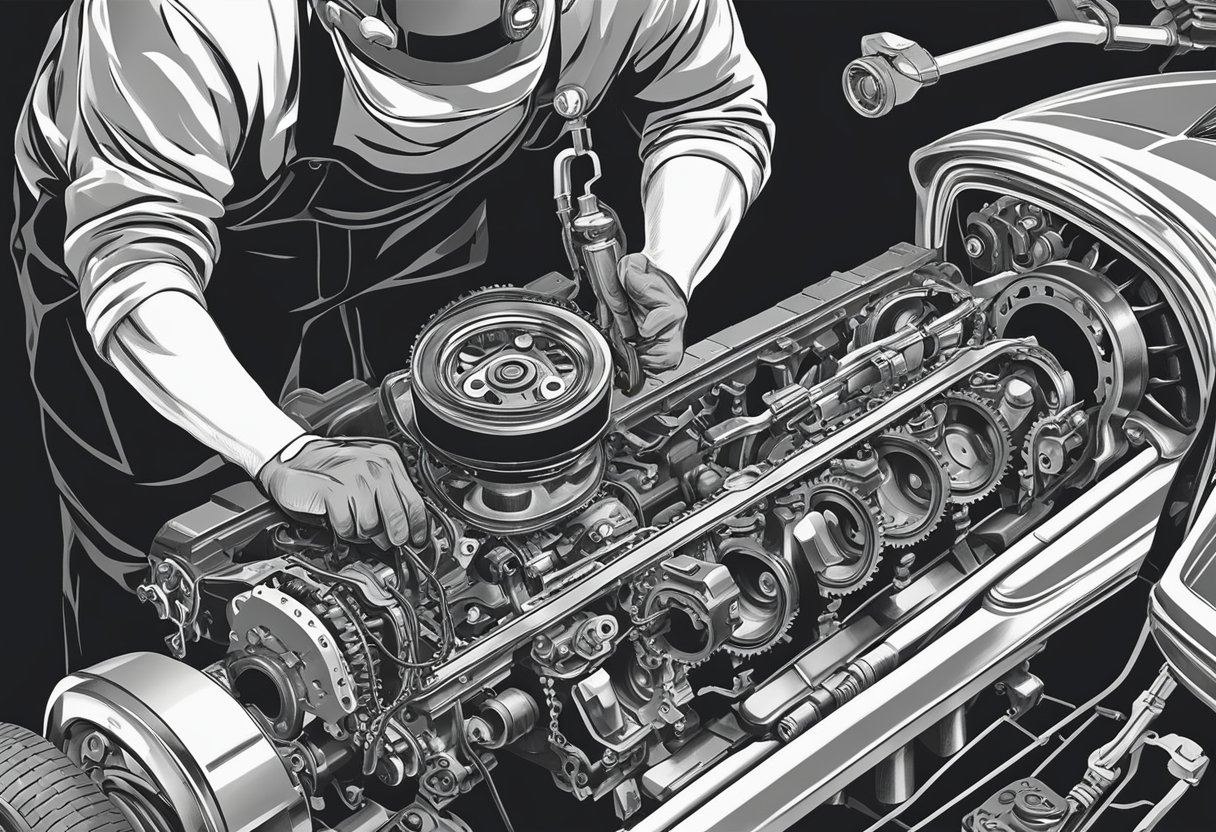
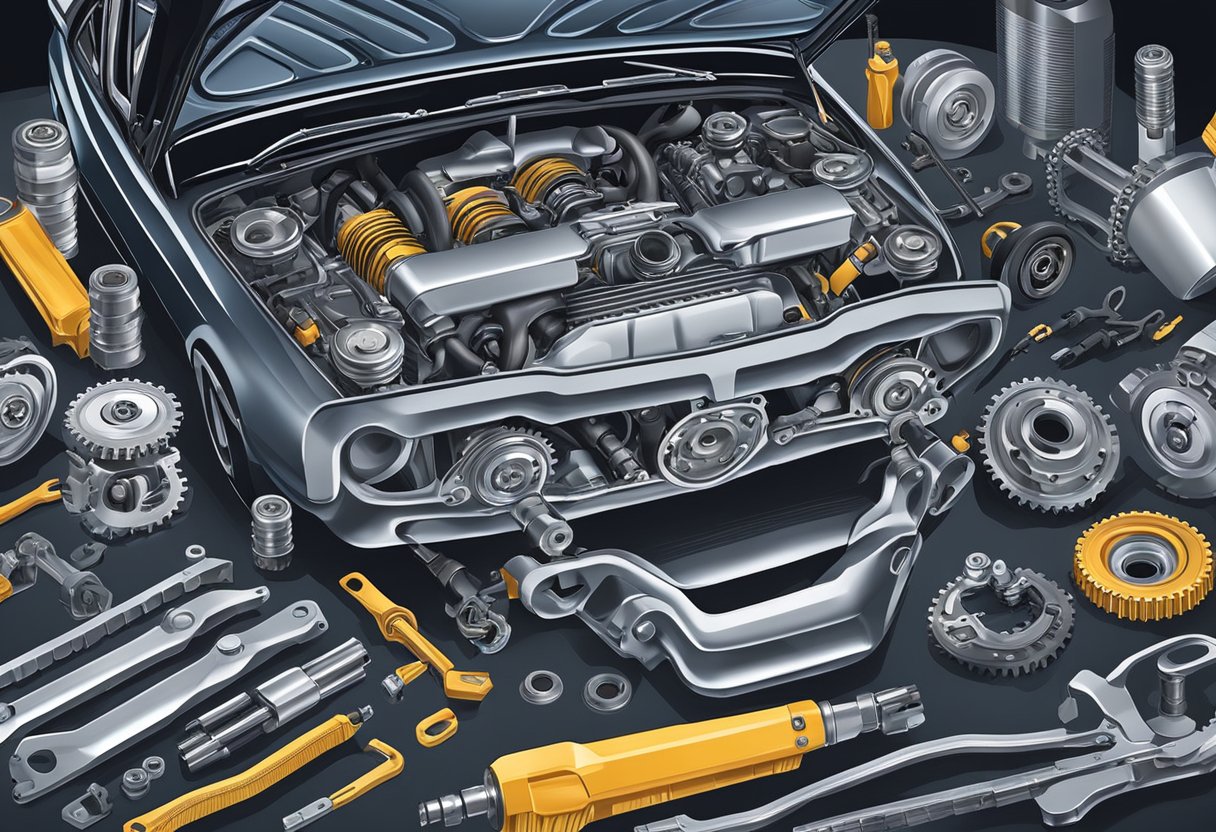
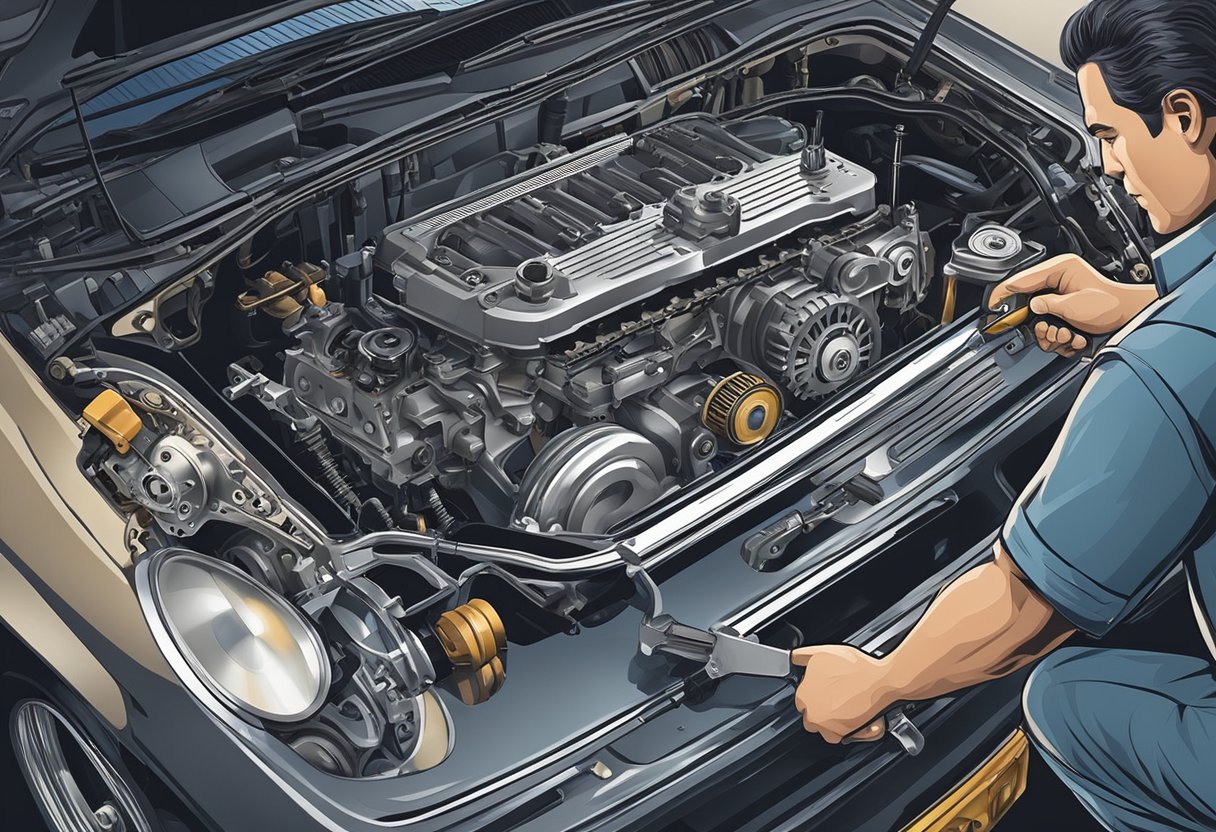

I’ve been noticing some of the signs of wear you mentioned, especially a rattling noise coming from my engine. How can I perform a preliminary check to determine if the issue is indeed with the timing chain before I take my car to a mechanic?